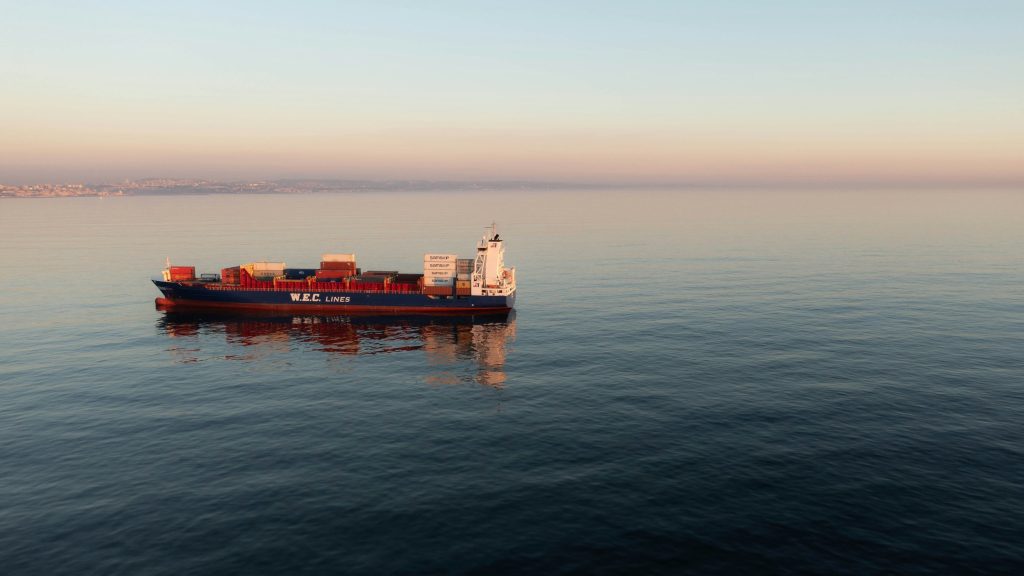Towards a Transatlantic Market?

This Policy Paper is a contribution of Pawel Swieboda (demosEuropa), to the project Think Global – Act European (TGAE). Thinking strategically about the EU’s external action directed by Notre Europe – Jacques Delors Institute (report available in April 2013, dir. Elvire Fabry, Senior Research Fellow, Notre Europe – Jacques Delors Institute).
Pawel Swieboda, Director, demosEUROPA ? A new transatlantic momentum has been set in motion by the economic crisis. Both the US and the EU need every impulse for growth they can find. Their effort can also help to create a single global market based on regulatory convergence, equality of rights and responsibilities, and a level-playing field. The success of TAFTA, the new trade and investment agreement which is being launched, is necessary if the US and the EU want to take advantage of their predominant role in the international economic system. In parallel, the EU and the US need to better understand each other’s macroeconomic policies with a view to improved coordination which is required by their structural interdependence. Finally, the jury is still out on whether the EU and the US can come to a joint understanding on issues of energy and climate change. Research collaboration on new technologies can help to bridge the existing policy gap.equipment, and in some cases making bilateral trade deals, undercutting EU efforts. Governments are doing everything they can to drum up export growth, especially in emerging economies. This strategy is unlikely to make Europe richer in either the short or the long term. The continent’s short-term problem is a lack of domestic demand: overall exports to the rest of the world would have to grow at an unlikely pace to offset it. The continent’s long term problem is a slow rate of productivity growth. More competition between Europe’s firms is more likely to raise productivity, and with it living standards, than a government-sponsored export drive.



